The sudden collapse of Silicon Valley Bank (SVB) sent financial markets into turmoil. Bank stocks in general were volatile. Shares of major US banks such as JPMorgan Chase (JPM), Bank of America (BAC), Wells Fargo (WFC) and Citigroup (C) all fell 4-7% on March 9, before stabilizing on March 10, but smaller banks continued to suffer.
The SPDR S&P Regional Banking ETF, an exchange-traded fund that tracks regional banks, fell more than 6%. And banks in Europe were also affected.
The incident raises an important question: Is this a potential sign of the beginning of a broader crisis?
Despite the initial panic on Wall Street, analysts say SVB's collapse is unlikely to trigger the domino effect that gripped the banking industry during the 2008 financial crisis.
The incident at SVB may be “an isolated incident,” said Mike Mayo, senior banking analyst at Wells Fargo.
“It’s a world away from the global financial crisis 15 years ago,” Mayo told CNN on March 10. Back then, “banks were taking too much risk and people thought everything was fine. Now, even though everyone is worried, banks are more resilient than they were before.”

Silicon Valley Bank (SVB) has a clientele that is largely startups and venture capital funds. Photo: Bloomberg
SVB's crisis is the result of stresses facing the bank itself, rather than systemic stresses that would affect the entire banking industry, according to Ken Leon, an expert at CFRA Research.
Mr. Leon also said that stricter regulations enacted by the US government after the 2008 financial crisis helped prevent “one small thing from becoming a big thing.”
In a note this week, Wall Street bank Morgan Stanley reassured clients: “We want to be clear here… we do not believe there is a liquidity crisis for the banking sector and most banks in our coverage area have ample access to liquidity.”
US Treasury Secretary Janet Yellen described the US banking sector as “resilient”, while Cecilia Rouse, chairwoman of the White House Council of Economic Advisers, said disaster could be averted, citing reforms already in place in the US.
“Our banking system is fundamentally different than it was a decade ago,” Ms. Rouse said at a White House press briefing on March 10.
After the 2008 collapse of Lehman Brothers and the subsequent financial crisis, U.S. regulators required large banks to hold extra capital in case of trouble. U.S. and European authorities also regularly conduct “stress tests” designed to expose vulnerabilities at the largest banks.
Similarly, former US Treasury Secretary Larry Summers told Bloomberg News on March 10 that he saw “no systemic risk” if the situation was “handled properly,” adding that he had “every reason to believe things will be fine.”
A notice posted on the door of the Silicon Valley Bank (SVB) branch in San Francisco dated March 10, 2023, states that SVB has been taken over by the Federal Deposit Insurance Corporation (FDIC). Photo: NY Times
According to Morgan Stanley, SVB is troubled by a lack of diversity in its client base. “SVB is primarily a bank for technology, life sciences and healthcare companies, and is an integral part of the venture capital ecosystem,” Morgan Stanley said.
Meanwhile, the tech sector has been hit hard by the sharp pivot in monetary policy by the US Federal Reserve (Fed), with much higher lending rates leading to greater demand from customers to withdraw their deposits .
Minh Duc (According to Digital Journal, CNN)
Source
























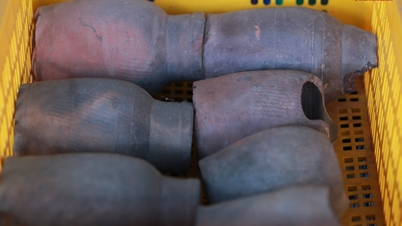






























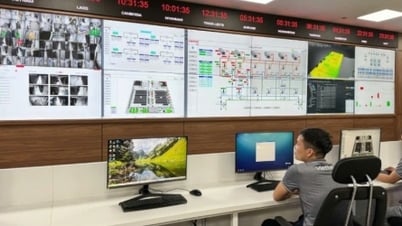



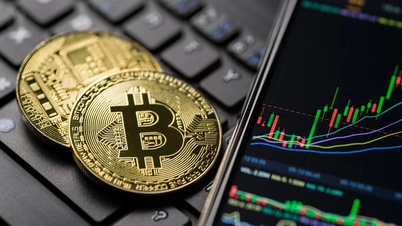
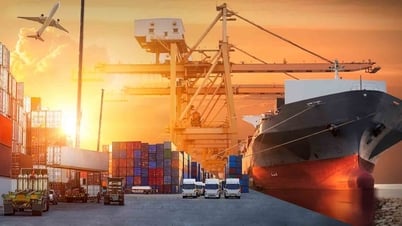


















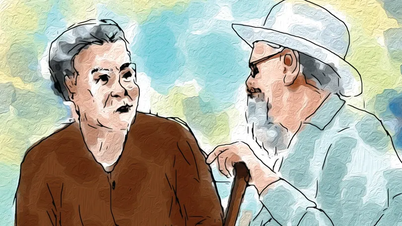

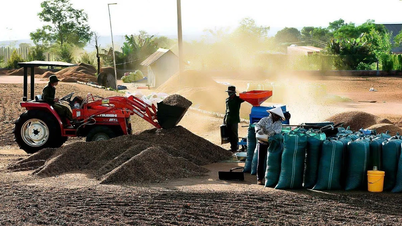





![[OCOP REVIEW] Bay Quyen sticky rice cake: A hometown specialty that has reached new heights thanks to its brand reputation](https://vphoto.vietnam.vn/thumb/402x226/vietnam/resource/IMAGE/2025/7/3/1a7e35c028bf46199ee1ec6b3ba0069e)












Comment (0)